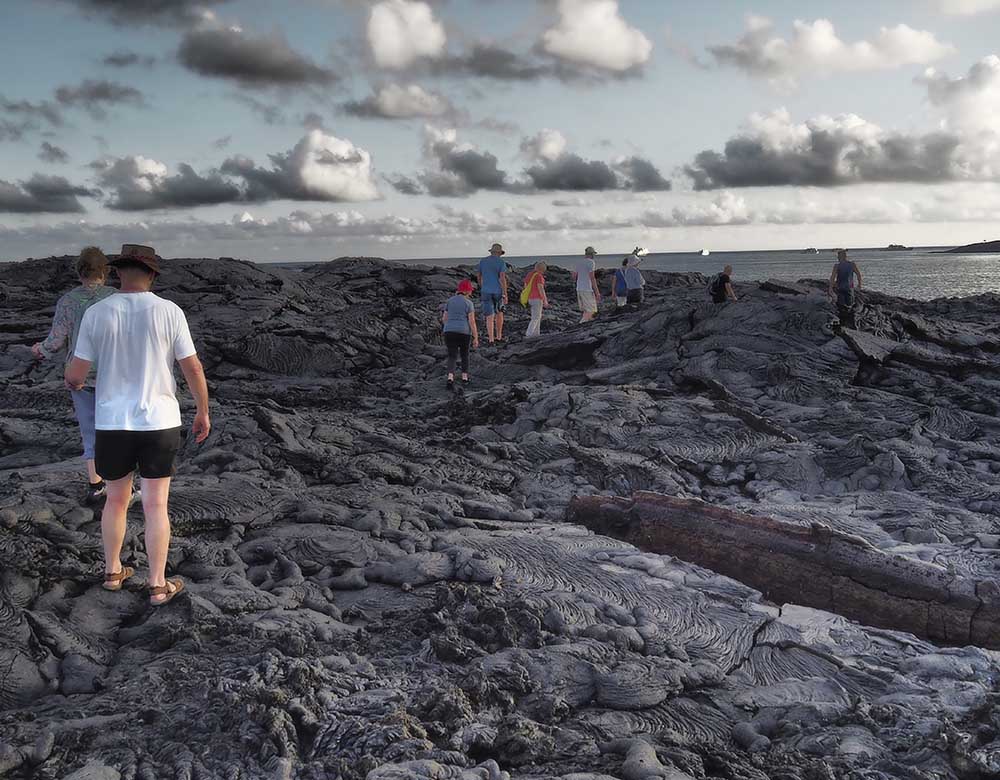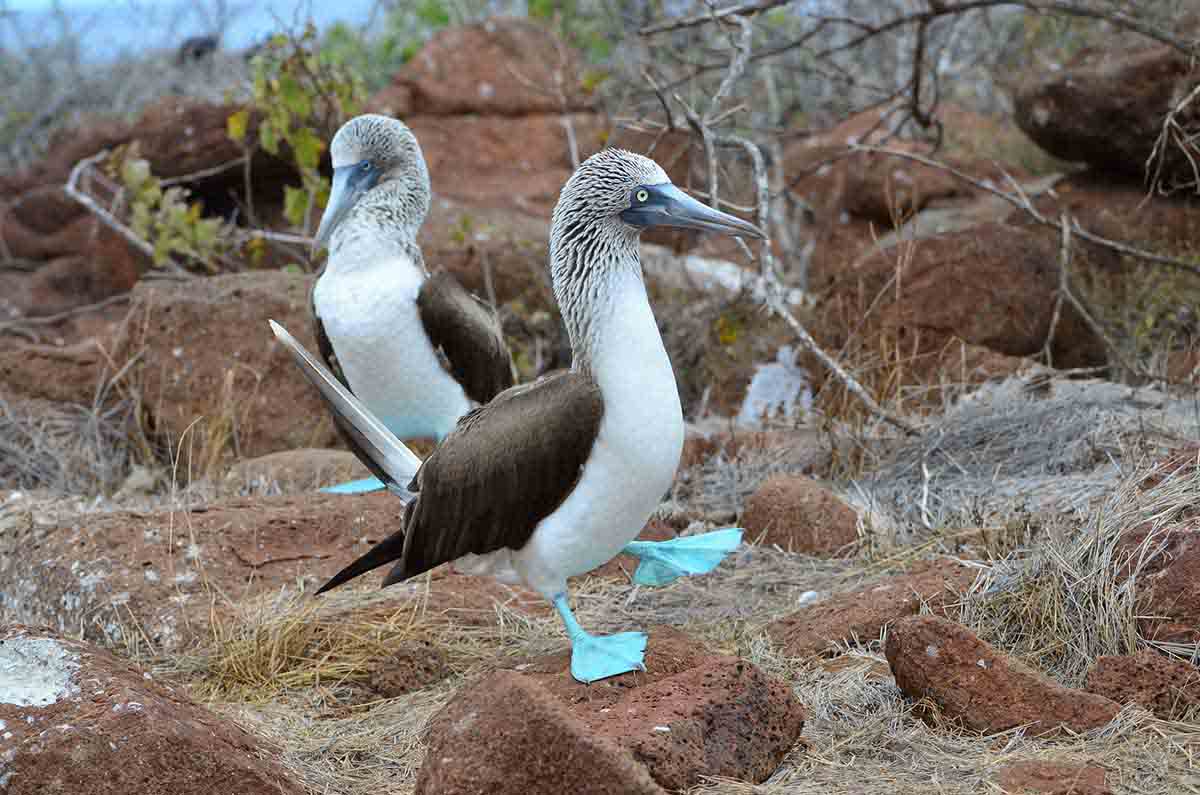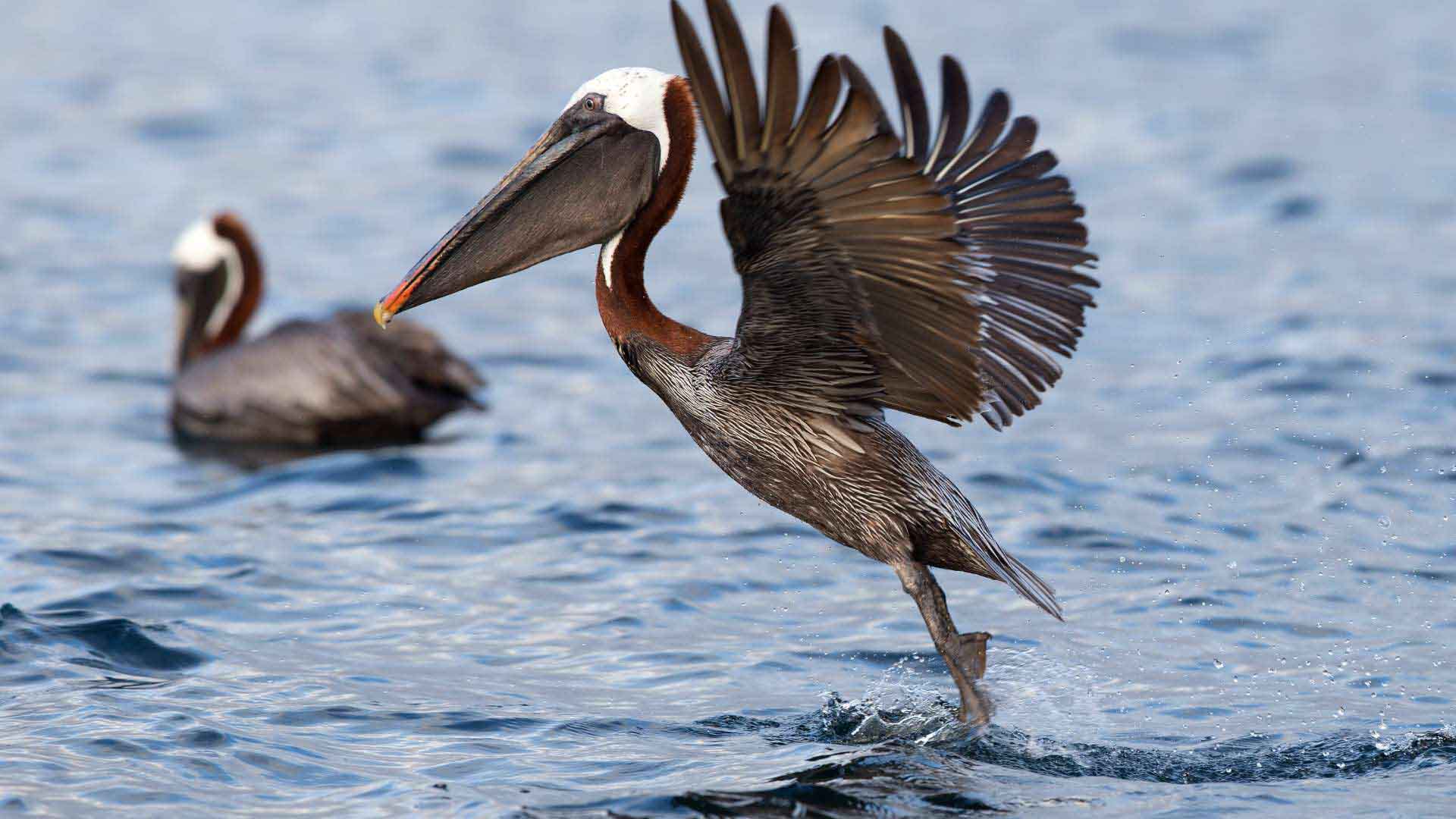You will arrive at San Cristobal Island in the morning. After going through immigration and baggage claim you will be met by a Galaven staff member and transferred to the yacht. You’ll be shown to your cabin where you will have some time to settle in before lunch and a welcome briefing.
The Jacinto Gordillo Breeding Center is a new visitor site in the northeast part of San Cristóbal Island and takes approximately one hour by road from Puerto Baquerizo Moreno. At the Breeding Center, you will be able to admire the hatchling turtles, from their birth until they are 4 years old when the grown turtles are taken to their natural habitat.
In the afternoon you will visit Puerto Chino located 15,2 miles (24.5 km) away from Puerto Baquerizo Moreno and a few miles from the Breeding Center Cerro Colorado, this walk takes approximately 30 minutes to the beach.



